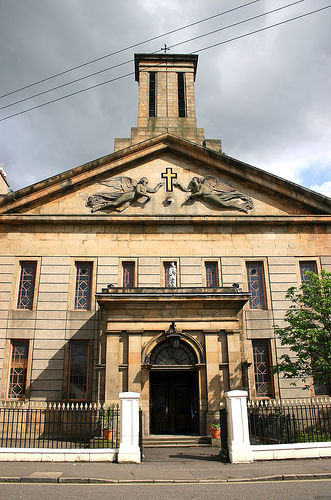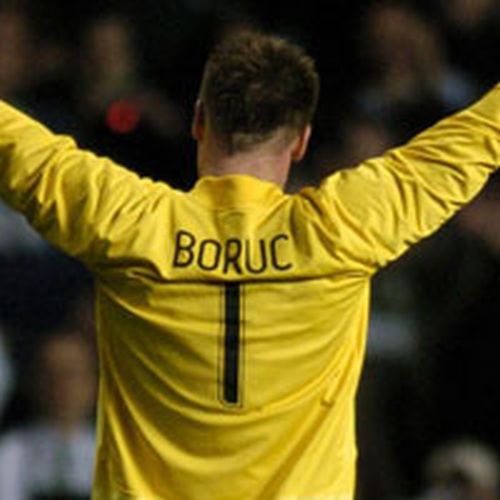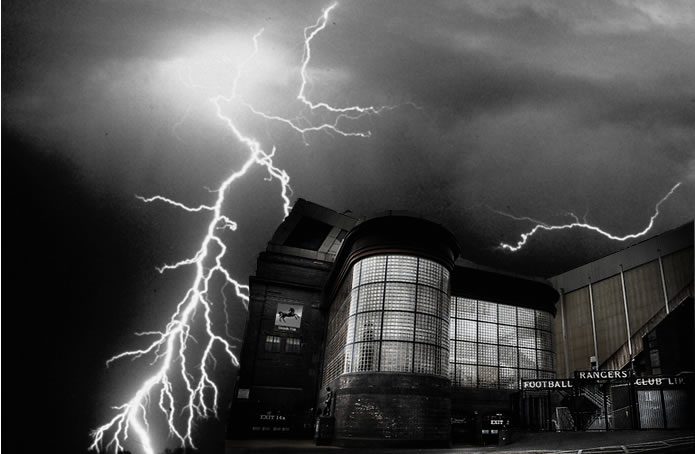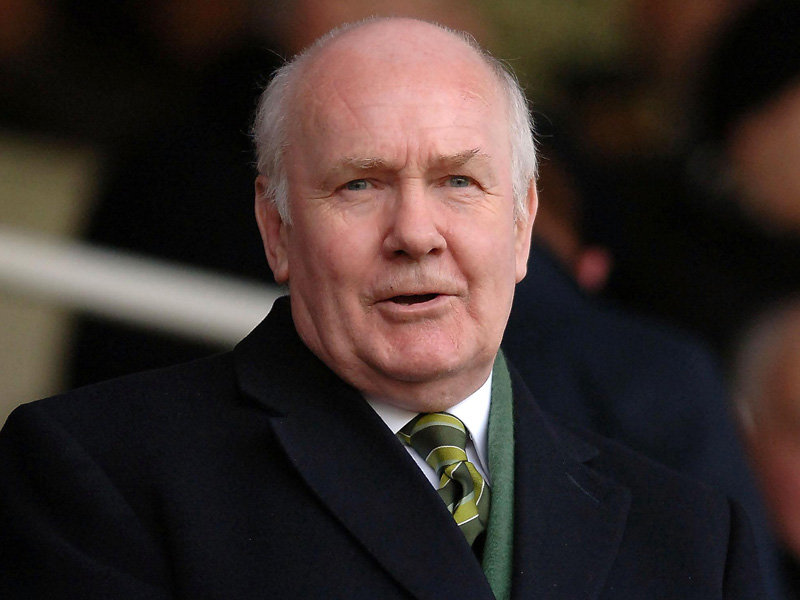The people who attended the second meeting had agreed that this meeting would be about the poppy issue and to try to come up with a way of putting a loose structure on the meetings to make them more effective. In the intervening period, the issue of the quality of refereeing in Scotland had become a hot topic and the Chair suggested that the meeting might want to discuss this matter also – which they did.
Poppy Debate
A resolution was put forward by Vincent Doherty and Cairn Kenny from Dublin which can be read here Motion on Commemorative symbols. There was a full discussion and the main positions expressed can be grouped into two:
1. Approach the Club to ask for there to be nothing on the shirts in future years (as Manchester Utd, Liverpool and Aston Villa have decided) and for there to be no minute’s silence at Home games.
2. Ask for the symbol to be the white poppy rather than the red one
It was felt that people should be left to make their own decision about whether to take part in any silence at away games or to quietly allow other people to observe it.
Positions 1 and 2 were not seen as contradictory. Position 2 was seen as a fall-back position to position 1 by some people. It was accepted by the movers that some investigation into the organisation (Peace Pledge Union) would need to be done in order to inform people about how the money is used (their site can be accessed here www.ppu.org.uk/whitepoppy/index.html)
Action: it was agreed that Celtic should be approached by the organisations represented at the meeting (using the existing lines of communication) to convey the feelings of the meeting that no poppy should appear on the strip.
Referees
A proposal which was developed prior to the meeting by the users of CQN was put to the meeting. It consists of a letter (Letter re referees) which is proposed we would ask Celtic to support. In essence this is about a joint approach to the SFA to implement changes to the system and regular reviews to ensure that the game is played fairly and that the disciplinary system is fair and transparent. There was a discussion, which was curtailed by time, but again consisted of mainly two views: firstly that the letter (or some variant of it) should be supported and second that a more immediate and direct form of action (selective boycott) should be considered. Again there was a view that these were not mutually exclusive and that the second could be used to back up the first. A number of people were of the view that a boycott would have to be well organised to be effective, while others were keen to do this sooner.
Action: it was agreed to take the proposal to Celtic to explore joint action. It should be noted that nothing decided at the meeting, or could be, precludes anyone from organising any action which they think might be successful.
Structure:
There was insufficient time to discuss the structure of future meetings but the proposal put forward by Pat McVey is still up for discussion. It seems clear that there needs to be some kind of loose structure which falls short of a formal voting system. There has to be a way to come to decisions and agree action but, given the nature of the meetings, this cannot be binding on anyone and is really about seeing whether there is sufficient support for an idea to take it forward. The Trust will be discussing this with other groups before the next meeting to see if we can come up with some general principles/guidelines to work to. The aim is to maximise unity but not to replace existing organisations which have a right to their own identity and decision making processes.
Next meeting:
No date was agreed but it was agreed that a meeting would be convened at an appropriate date to report on the progress of the actions outlined above.





